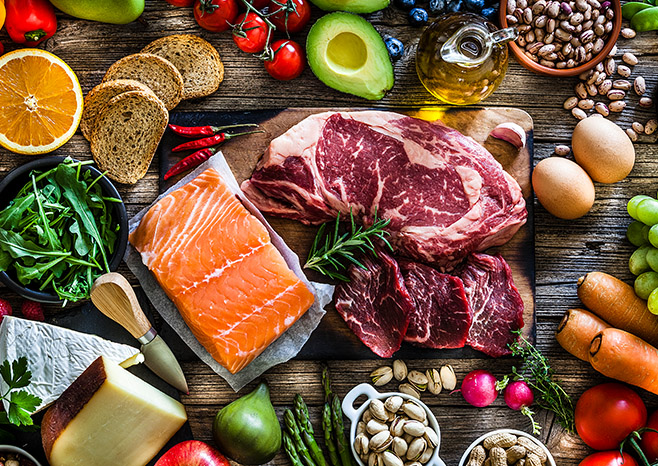
Organics 101
Eating organic foods is a great addition to a healthy diet. It also benefits the environment as it encourages the use of renewable resources and limits the use of harmful chemicals. Over the past few years, due to a dramatic surge in consumer interest, many new organic foods have become available. This rapid growth has also caused some confusion about what it really means for foods to be “organic.” Here is some basic information about organic foods to help you and your family better understand this food trend.
The Meaning of Organic
Organic food is produced without using pesticides. Organic meat, poultry, eggs and dairy products come from animals that are never given antibiotics or growth hormones. Meat can be considered organic if the animals are raised using organic feeds and are allowed to graze naturally rather than under complete confinement conditions. To be certified organic, farmers must refrain from using pesticides or chemicals for three years. Independent agencies inspect the farm, equipment and food processing facilities to ensure the information is accurate.
Nutritionally, there is not much difference between the number of vitamins and minerals found in organic and non-organic food. But organic foods don’t have the risk of chemical residues. Although they often taste much better, organic fruits and vegetables may have more blemishes than what you are used to seeing in supermarkets – but don’t let a few spots keep you from buying them.
The Cost of Organic
Organic foods and other produce have the fewest chemical residues and additives but can cost more than regular produce. Since organic produce isn’t grown with synthetic pesticides or chemicals, the process takes a greater effort from the farmer and the crop yields are smaller, making the products more expensive. As consumer demand increases and more farmers participate in organic farming, the prices will decrease.
Organic Labeling
According to the United States Department of Agriculture’s National Organic Program, labeling organic products can be complex. Items using only organically grown ingredients can be labeled “100% organic.” If products use 95% or greater organically produced ingredients, they can use the label “organic.” Only these two categories can display the USDA Organic seal.
The best thing you can do for your diet is to prepare meals using fresh organic fruits, vegetables and whole foods. Try buying local produce varieties whenever possible, as their flavor and nutrients will be at their peak. By consuming more organic items, you will be on the path toward healthy living.




